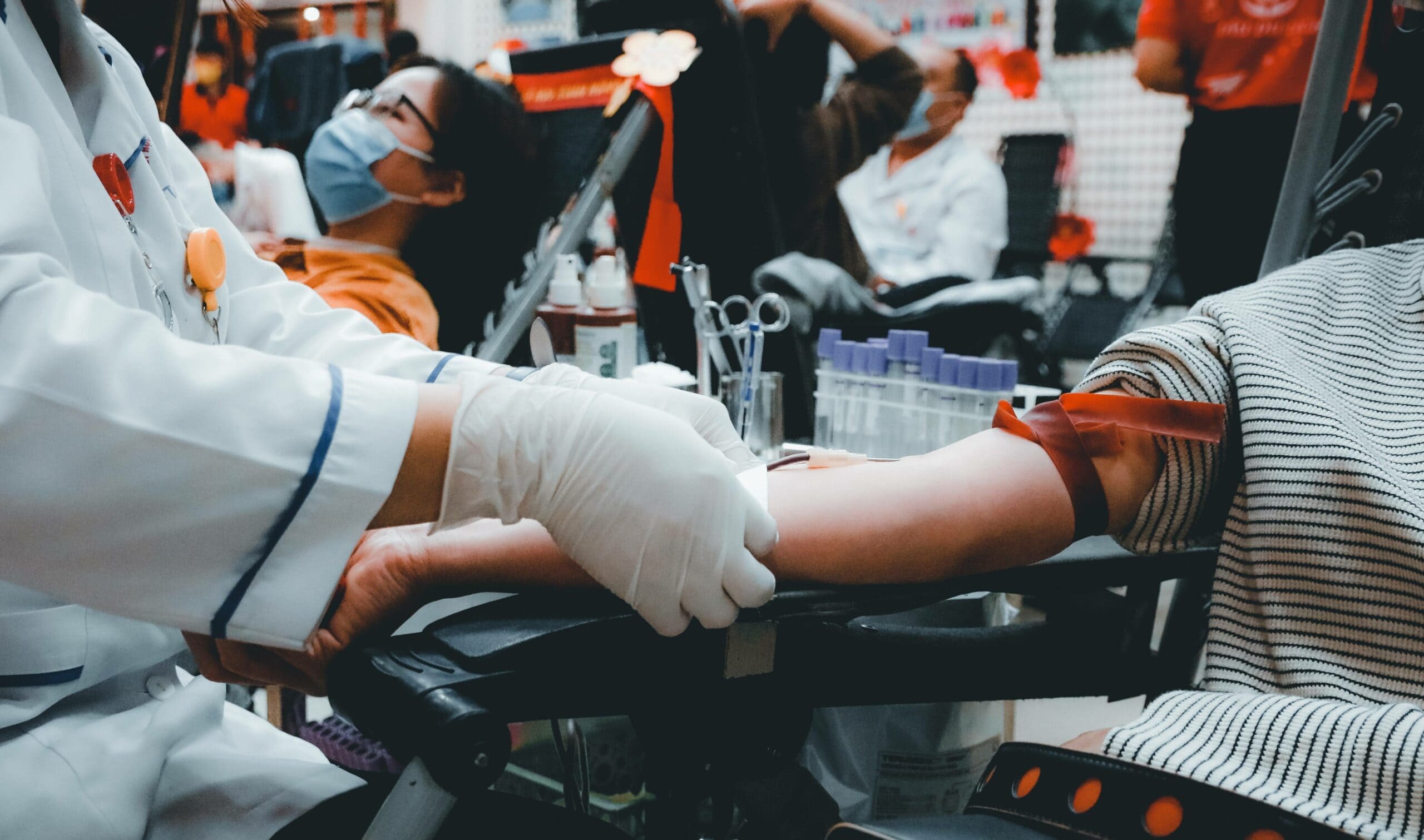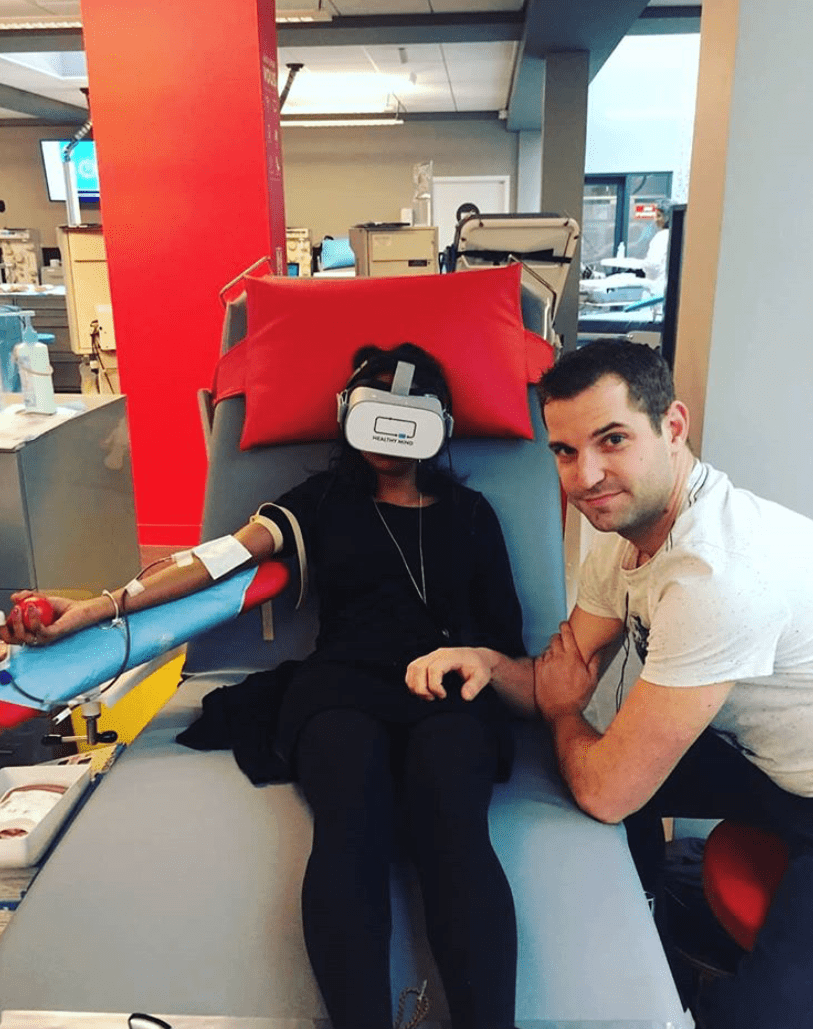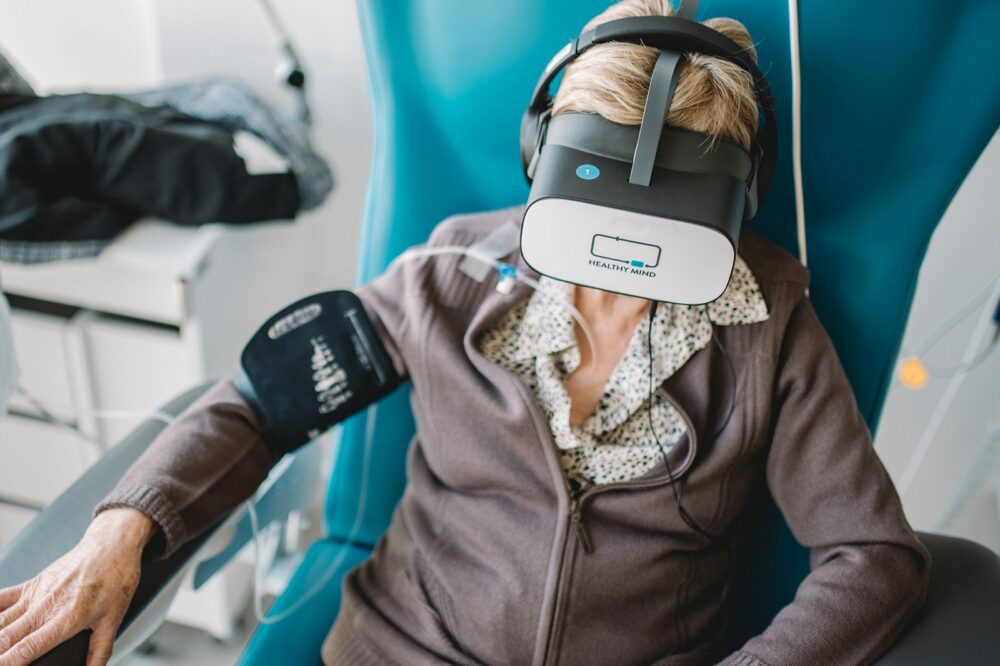
“In one hour I saved three lives,” is the slogan of the French blood donation agency (EFS). promotes national mobilization. Although the donation process is undoubtedly commendable, many people still do not go there Blood collection sites. However, this approach remains essential to ensure self-sufficiency Blood products in France, be it for hospital patients or for the production of medicines. So what are they? Obstacles that hold back non-donors? In this article we question these hurdles that still prevent many French people from donating blood and discuss how virtual reality can provide valuable support in addressing some of these issues.
Donating blood: what’s the point?
In spite of everything medical innovations that thrive every year that no treatment or synthetic drug is currently capable of reproduce human blood. However, its use is still essential in many hospitals:
- Emergency situations such as bleeding, during surgery, birth or after an accident;
- chronic needs such as blood diseases and cancer, which sometimes require regular monitoring and transfusions (leukemia, lymphoma, myeloma, myelodysplasia, etc.);
- tea Manufacturing of medicines.
Each year, 1 million patients can be treated through blood donations. Of these, 47% are transfused to treat blood diseases or cancer and 35% are transfused for surgical procedures.
Bleeding are the primary source of blood needs for hospitals and emergency physicians. In such situations, blood bags must be available in less than half an hour. Especially since blood products from donations only have a limited shelf life:
- 7 days for plates;
- 42 days for red blood cells;
- 365 days for plasma.
To meet national needs, the French blood donation facility (EFS) needs. 10,000 donations every day. With more than 115 donation centers and 40,000 mobile collection points (public places, businesses, universities, etc.) Blood donations are possible in most regions. And for a good reason, regular and continuous mobilization is important for to cover hospital and pharmaceutical needs for labile blood products.

The biggest obstacles to blood donation
Therefore, blood donation is an essential act for the care of patients psychosocial behavioral research attempted to identify the factors that encourage or discourage donation. While the hurdles for first-time donors are predominantly of a logistical or organizational nature, the reasons for non-donors are of a different nature Personal barriers.
In France, blood donation is a thing voluntary act of solidarity, and these basic principles prevent blood transfusions from being reimbursed, unlike, for example, in the United States. This means that blood donation has a favorable picture and the intention to donate remains widespread.
However, despite this positive perceptionMany people don’t donate blood, and that exists several fears involved:
- Fear of the needle, one of the main barriers to blood donation according to the study by Sojka and Sojka (2008);
- the fear of seeing blood;
- fear of illness;
- Stress due to the amount of blood collected and the resulting possible fatigue;
- the waiting time.
In addition to these hurdles, non-donors view donation as intrusive, complex and cold and have difficulty imagining what will happen to the collected blood.

Blood donation and virtual reality: an effective way to overcome fears
Although virtual reality cannot overcome the practical hurdles associated with blood donation, it can Act on the emotional barriers.
This was developed in close collaboration with doctors and neuroscientists Solution for a healthy mind Connections to the cognitive abilities of the brain Modulate pain pathways. The device uses visual and auditory stimulation, attention distraction and others Principles with proven relaxing and anesthetic effectiveness like for example Music therapy, hypnosis gold Cardiac coherence. The combination of these tools creates a fully customizable software able to relieve pain and anxiety.
In this sense, the use of virtual reality in the context of blood donation has more than one interest. Enable immersion better management of anxiety, a particularly problematic aspect for non-donors. By immersing users in a Environment with high graphic qualitythey are capable free yourself from a fear-inducing landscape And Focus on a place where you can relax. In this way, the fear of the needle or the fear of blood disappears.

Virtual reality headsets can donate blood fun experience and encourages first-time donors and non-donors to donate. In addition, using such a device during the waiting period helps reduce the obstacles associated with the anticipation of the upcoming injection. Immersion is ideal for regular donors entertaining and relaxing environmentespecially since this technology is generally the subject of curiosity.
On the other hand, reducing anxiety using virtual reality allows medical staff to focus Educational aspect of the donation, particularly the journey of the collected blood. Further information about the procedure can be found on the EFS website frequently asked Questions.
Donating blood is an act whose necessity is widely recognized. To Overcome the fears of non-donors, Healthy Mind’s virtual reality Addresses various obstacles such as fear of seeing blood or being in pain. With a non-invasive, adjustable and lightweight recreational deviceThe helmets are perfectly tailored to the mobility and practicality needs of the collection points. If you would like to experience the immersions and test the devices, we would be happy to have you participate organizes a demonstration.
Sources :





